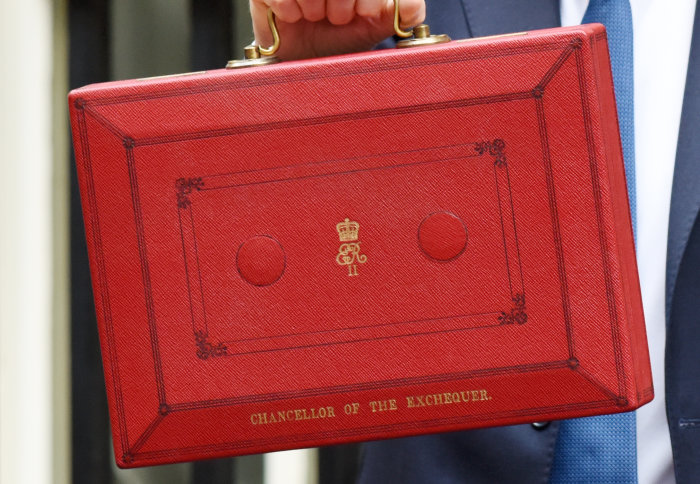In part 1 of this blog we saw how Bob Hollis, a man whose job it is to locate and negotiate with businesses on behalf of clients who want to buy them, gets sent around 4,000 business for sale in a typical year, of which he will look at 100, and sell 10.
So how does a business attract the attention of a potential buyer? Two questions arise from this in my mind. Firstly, when Bob looks at a business, how does he decide which ones to investigate further? And secondly, what happens to the ninety that he looks at, but doesn’t take any further?
There are some fairly obvious pointers that Bob will look for, such as profit margin, industry sector, size of business and so on. However, there is only a certain amount that a business owner can do to affect these.
There are, however, a number of markers that a business owner can work on to increase the chances of ultimately being sold. These include:
- Is the business dependent upon one person (i.e. the owner)?
- Is there a strong management team?
- Are there clearly identifiable products, or is all the IP (intellectual property) in the head of the owner?
- Are there systems and processes in place that means the business will continue, just as profitably, without the owner?
- What is the reason for selling?
When you see this list, the answer to the second of those questions (what happens to those Bob doesn’t bother with?) should now be obvious. In order to increase your chances, address these issues.
There is a name for this type of activity – succession planning. It is the phrase that every business owner knows, and yet, I would suggest, very few properly understand, let along act upon.
It is something that Ovation can help with. By addressing operational issues of the business, by getting the staff and systems working really effectively, without relying on the owner, the business will be far more marketable when the time comes.








